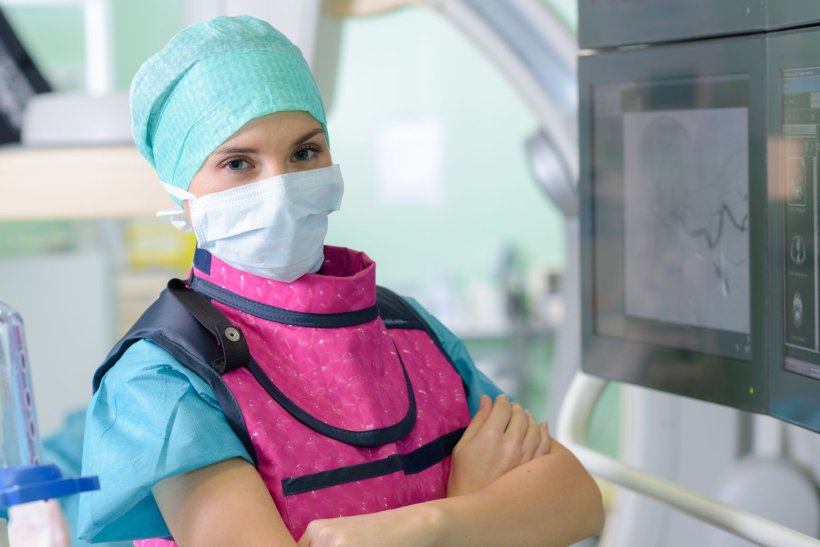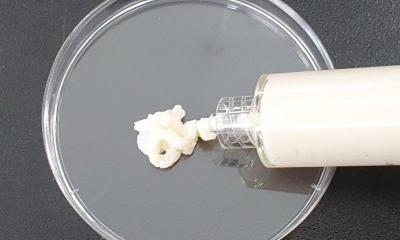
Image source: Adobe Stock/auremar
News • Radiation protection in the healthcare sector
Female health workers need better radiation protection to minimize breast cancer risk, find researchers
Women working in health care who are regularly exposed to radiation from X-rays and other imaging procedures need better ionizing radiation protection to help minimize their risk of developing breast cancer, argue doctors in The BMJ today.
Ionizing radiation is a known human carcinogen and breast tissue is highly radiation sensitive. As such, there are concerns that regular exposure to ionizing radiation during image-guided procedures may be linked to a higher risk of breast cancer in female health care workers.
Personal protective equipment (PPE) such as a lead gown is used to shield the body from harmful radiation during these procedures. But studies have shown that current radiation PPE provides inadequate protection to breast tissue as it leaves the area close to the armpit (known as the upper outer quadrant and axilla—the most common site of breast cancer) exposed.
"Providing adequate breast covering PPE could therefore reduce radiation exposure and potentially help prevent breast cancer in female health care workers," write Isobel Pilkington and colleagues.
They acknowledge that measuring the risk of occupational radiation induced breast cancer in women working in health care is challenging, but as the number of female trainees entering these specialties increases, they say that "it is essential that the available evidence is considered and equipment provision improved to minimize this risk."
They point to observational evidence suggesting an increase in breast cancer risk among female U.S .orthopedic surgeons compared with an age-matched female population, and to a small Finnish study showing breast cancer at 1.7 times the expected rate in radiologists, surgeons, and cardiologists compared with female physicians not working with radiation.
In a study using artificial female torsos to measure radiation exposure, researchers found inadequate upper outer quadrant protection and no statistically significant reduction in dose when standard PPE was compared with a torso without PPE.
Occupational radiation exposure has not been identified as a risk factor for male breast cancer. However, the Ionizing Radiation Regulations 2017 state that the radiation dose delivered to all workers should be As Low As Reasonably Achievable (ALARA). The most effective way to achieve this, say the authors, is by reducing the duration of exposure, increasing the distance from the source, and shielding all workers with effective PPE.
They point to additional protection, such as capped sleeves and axillary wings, that can be worn under standard gowns to protect the upper outer quadrant of the breast, and say the European Society for Vascular Surgery 2023 Clinical Practice Guidelines on Radiation Safety have already recommended female operators consider adopting this extra protection.
"Providing appropriate protection is a legal requirement of an employer, who has a duty of care to all workers exposed to radiation," the researchers write. "The female breast appears to be particularly vulnerable and it is therefore important employers invest in protective equipment that enhances the safety of all their staff."
Source: British Medical Journal
16.04.2023











